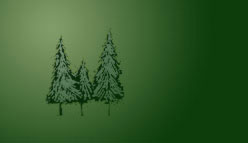WEATHER SIGNS
There are several good indicators of climatic changes.
Wind
You can determine wind direction by dropping a few leaves or
grass or by watching the treetops. Once you determine the wind direction, you can predict the type of weather that is imminent.
Rapidly shifting winds indicate an unsettled atmosphere and a likely change in the weather.
Clouds
Clouds come in a variety of shapes and patterns. A general
knowledge of clouds and the atmospheric conditions they indicate can help you predict the weather.
Smoke
Smoke rising in a thin vertical column indicates fair weather.
Low rising or "flattened out" smoke indicates stormy weather.
Birds and Insects
Birds and insects fly lower to the ground than normal in heavy,
moisture-laden air. Such flight indicates that rain is likely. Most insect activity increases before a storm, but bee activity
increases before fair weather.
Low-Pressure Front
Slow-moving or imperceptible winds and heavy, humid air often
indicate a low-pressure front. Such a front promises bad weather that will probably linger for several days. You can "smell"
and "hear" this front. The sluggish, humid air makes wilderness odors more pronounced than during high-pressure conditions.
In addition, sounds are sharper and carry farther in low-pressure than high-pressure conditions.




